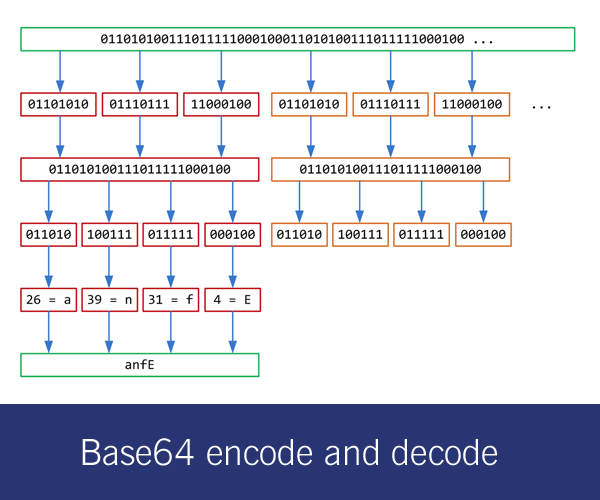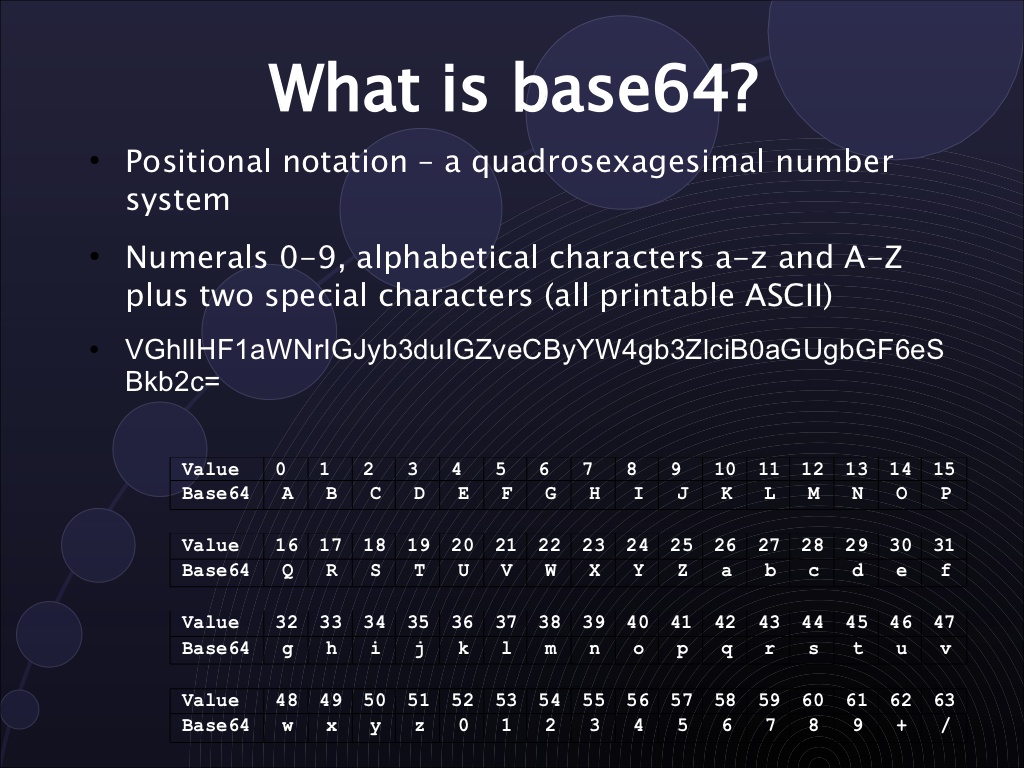


Zlib is a Python compression library that offers functions for data compression and decompression using the DEFLATE algorithm, with efficient capabilities for files or network transmissions. Image = Image.open(BytesIO(decoded_string)) # Create an image object from the decoded bytes With open('encoded_image.txt', 'r') as file:ĭecoded_string = base64.b64decode(encoded_string)

# Read the encoded string from the text file Finally, an image object is either displayed or shown so you can view it on screen effectively decoding, reconstructing and visualizing an encoded image string before finally showing it for visualization on screen Example import base64
#Python ecode image in base64 encoding code#
The below code reads an encoded string from "encoded_image.txt", decodes it using base64.b64decode() to obtain its binary data, then an image object is created from those bytes using PIL library's Image.open() function with BytesIO providing file-like access. Output Encoded string saved in 'encoded_image.txt'. Print("Encoded string saved in 'encoded_image.txt'.") With open('encoded_image.txt', 'w') as file: With open('tpt_logo.jpg', 'rb') as image_file:Įncoded_string = base64.b64encode(image_file.read()).decode('utf-8') Essentially this code converts image into base64-encoded string representation before saving to text file for future use or transmission or transmission. The below code reads an image file named "tpt_logo.jpg" in binary mode and encodes its content using base64.b64encode() function into a base64 string using write() method before saving to a text file named encoded_image.txt using write() method - followed by printing of message confirming its storage in text file as base64 string representation for future use or transmission. Python offers its base64 module to encode and decode using this algorithm.

We will use the following iamge as input file:īase64 encoding is an increasingly popular method for representing binary data such as images in string format. This method ensures that each piece of binary information is represented using ASCII characters for easy transmission or storage as strings.Ĭonverting String to Image − Converting strings back to images requires decoding encoded strings back into their binary data representation, enabling us to reconstruct image files using their encoded representation.įor this exercise, we will convert Tutorialspoint's logo in JPEG format into string form and back again using that string form to restore back into an image format. The resultant string is typically composed of representations of an image's binary data using specific encoding schemes such as base64 encoding. This conversion method can help us transmit or store an image more efficiently when working with APIs, databases or sending images over network protocols requiring text data transmission or storage. When we speak of "converting an image into string format and back again in Python", this refers to converting image files to something that can be stored and managed using strings of characters, before eventually returning it back into its original image format.Ĭonverting Image to String − Converting images to strings involves transcribing their binary data into text format for transmittal or storage over network protocols that require text-based images.


 0 kommentar(er)
0 kommentar(er)
